On November 24, the opening ceremony of the Cyber and Information Security laboratory was held, dedicated to the 55th anniversary of the Department of Mathematics and Computer Security.
The opening of the laboratory was attended by:
- Rector Yuri Romanovsky
- Vice-Rector for Security Dmitry Piven
- Vice-Rector Alexey Burachenok
- Head of the Security Department Dmitry Tishkevich
- Dean of the Faculty of Computer Science and Electronics Sergey Boslovyak
- Head of the Department of Mathematics and Computer Security Irina Burachenok
- Head of the Department of Power Engineering and Electronics Dmitry Dovgyalo
- Head of the Department of Physics Sergey Vabishchevich
- Employees of the LLC ‘Leverex International’ Company
- Representatives of the company LLC ‘TriInkom’
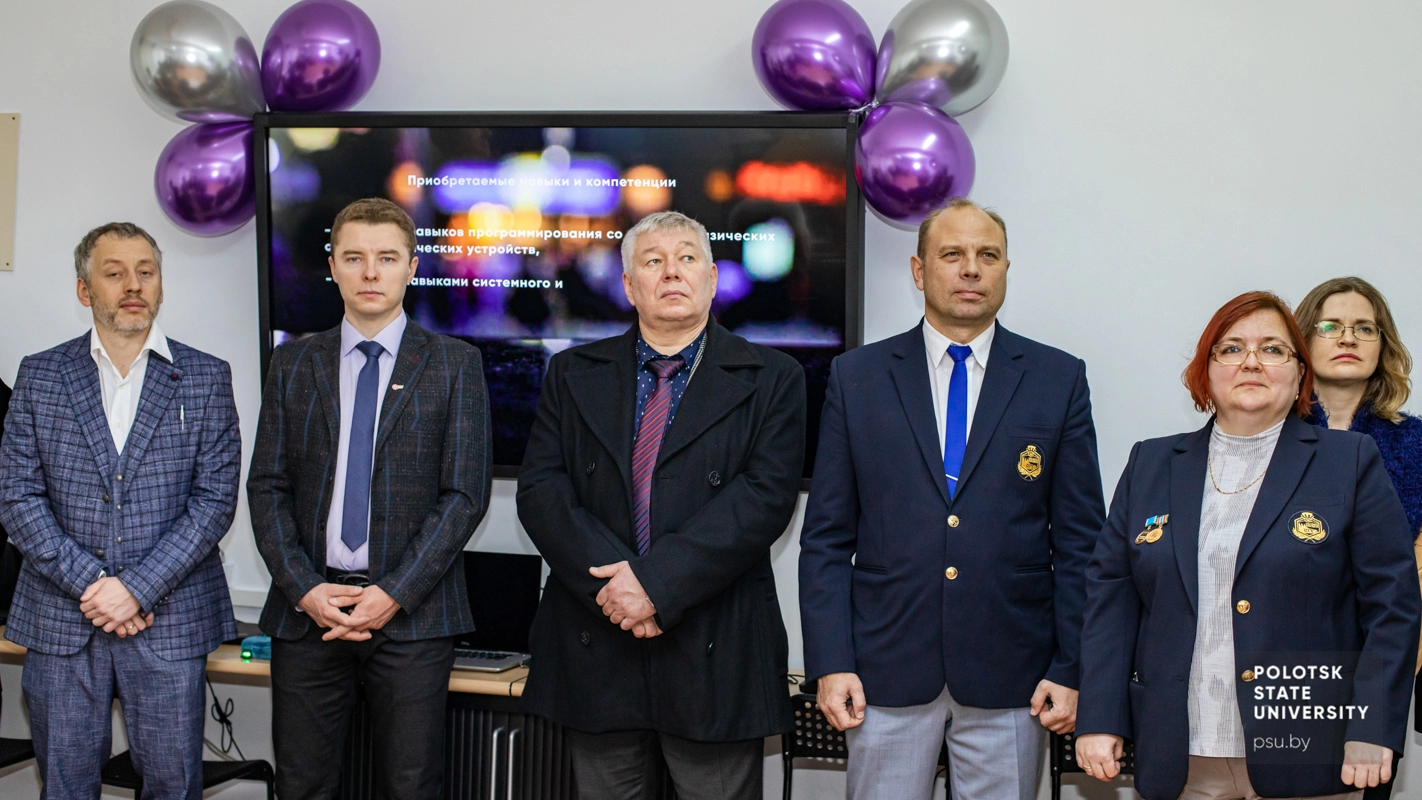
Laboratory opening
In a solemn atmosphere, the rector of the university Yuri Romanovsky, together with Olga Buhal, the Head of the Training and Development Department of LeverX International LLC, cut the ribbon in front of the entrance to the laboratory.
The rector announced the opening of the Cyber and Information Security Laboratory and congratulated everyone on the Day of the Faculty of Computer Science and Electronics, and the staff of the Department of Mathematics and Computer Security – on the 55th anniversary.
Yuri Romanovsky noted the key role of the established laboratory in training specialists of the specialties ‘Computer Security’ and ‘Cybersecurity’, and the fact that the laboratory was created jointly by specialists of Euphrosyne Polotskaya State University of Polotsk and LeverX International LLC with which a trilateral cooperation agreement was signed in 2021. He pointed out that the effectiveness of such mutual cooperation is confirmed by the fact that today the company successfully employs more than a hundred of our graduates.
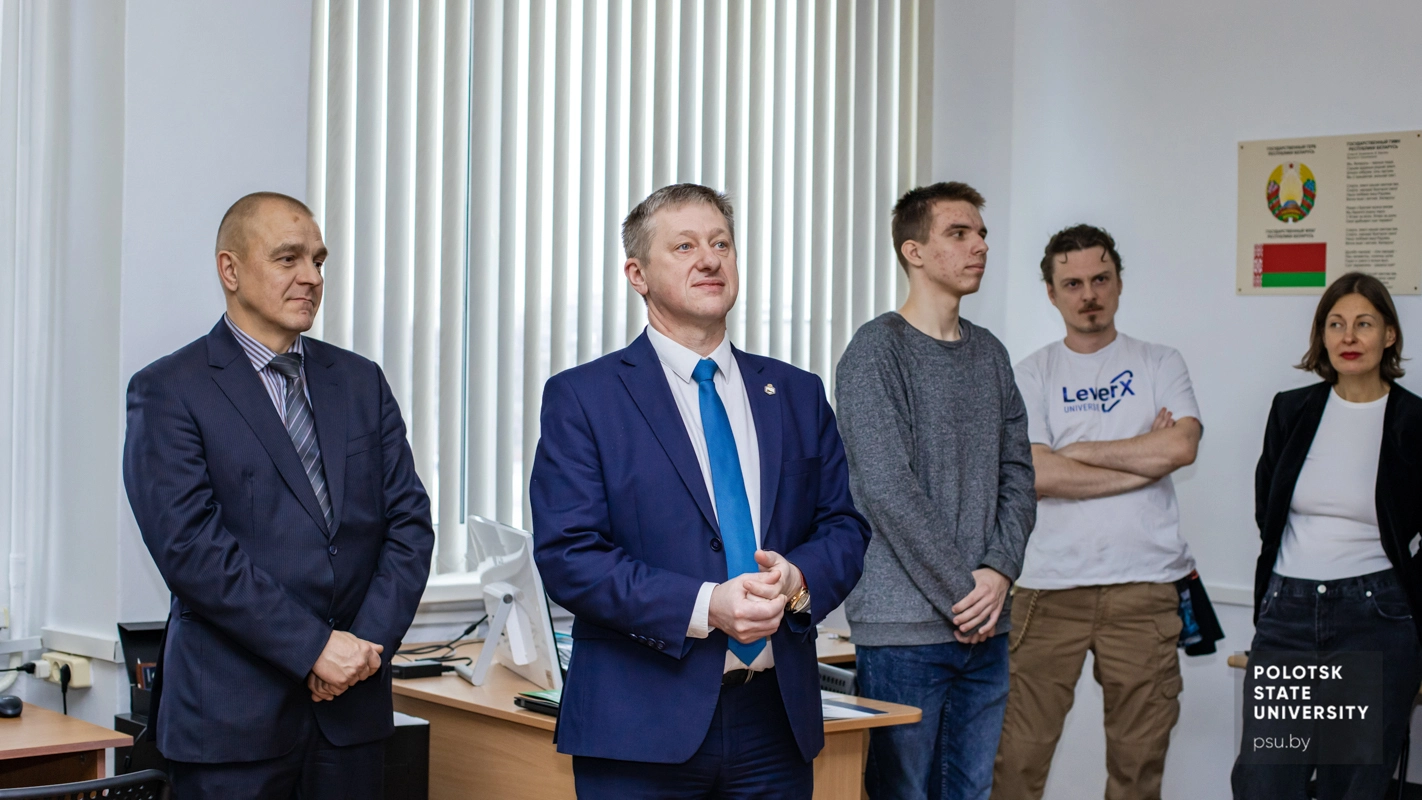
D. Tishkevich and Y. Romanovsky at the laboratory opening
The rector was particularly pleased to note that senior students of the specialty ‘Computer Security’ were directly involved in the creation of this laboratory. They not only helped to install and launch laboratory equipment, but also developed several laboratory stands and created operating software and hardware complexes.
Yuri Romanovsky noted that the Department of Mathematics and Computer Security plans to create another specialized laboratory. He wished everyone success, inspiration, creative ideas and new achievements together with our university.
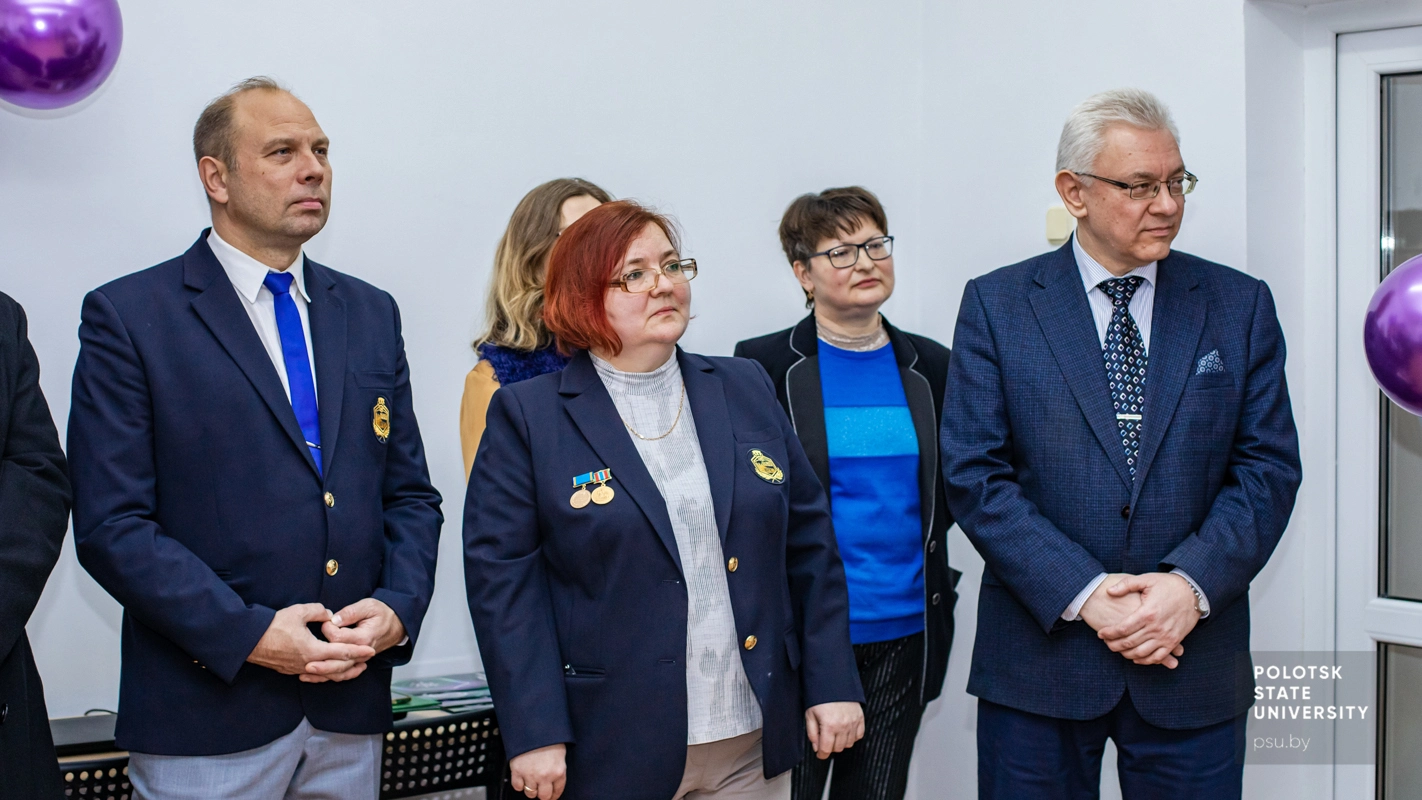
S. Boslovyak, I. Burachenok, A. Burachenok at the laboratory opening
Then Irina Burachenok, Head of the Department of Mathematics and Computer Security congratulated everyone on the birthday of the faculty and the 55th anniversary of the department and wished everyone health and prosperity to the faculty: ‘Today, cyber attacks in large companies are being detected more and more often in our country. Against the background of growing threats from hackers, business spending on cybersecurity is also increasing. Therefore, the demand for specialists in this field increased by 65% in 2023.
The Department of Mathematics and Computer Security trains specialists in the field of Cyber. And our main task is to ensure that our graduates are competitive and in demand in the labor market. And this requires a laboratory equipped with modern equipment and more than one. Therefore, the joint efforts of the staff of the Department of Mathematics and Computer Security and the Information Technology Center, with the support of the rector's office, as well as with the direct participation of students, in just one year a laboratory and technical base for training students'.
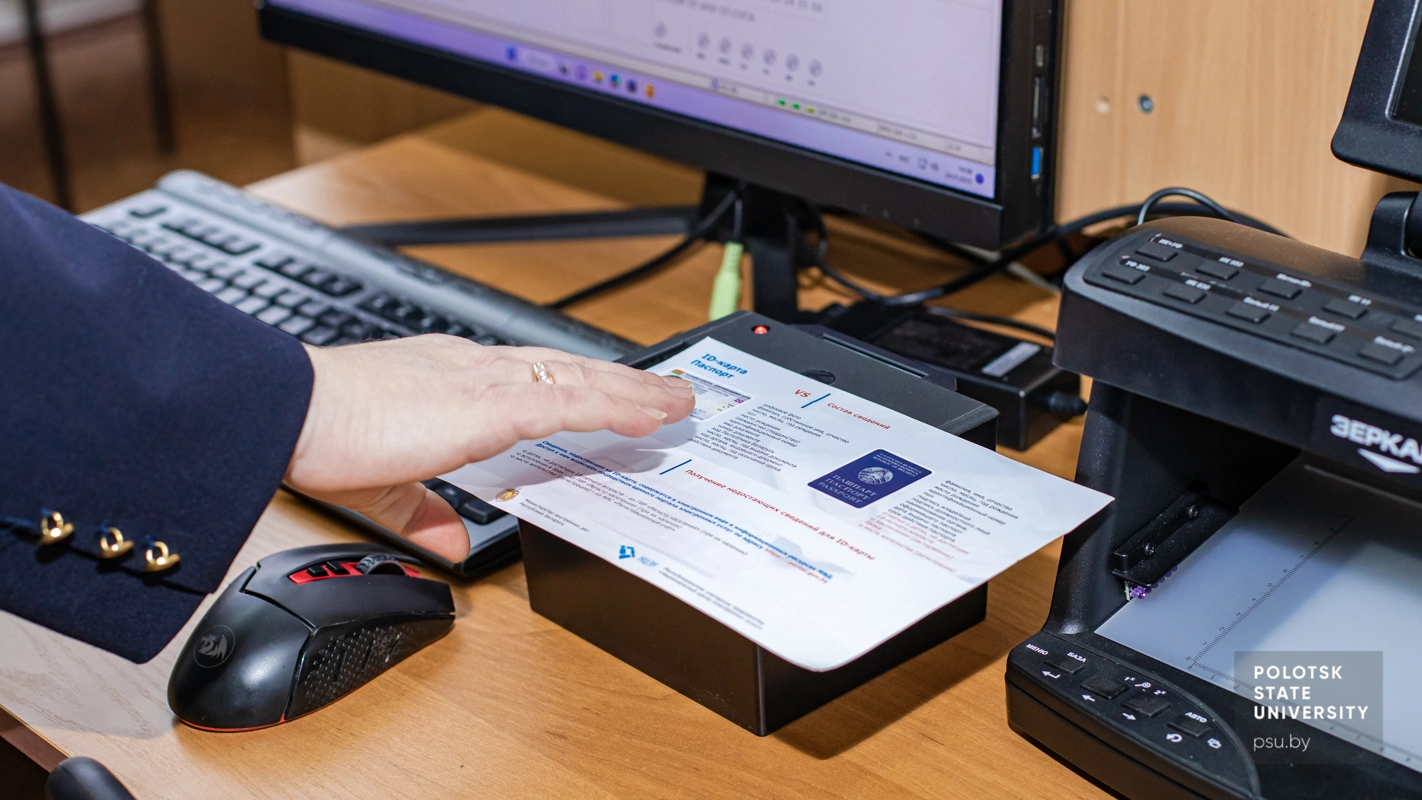
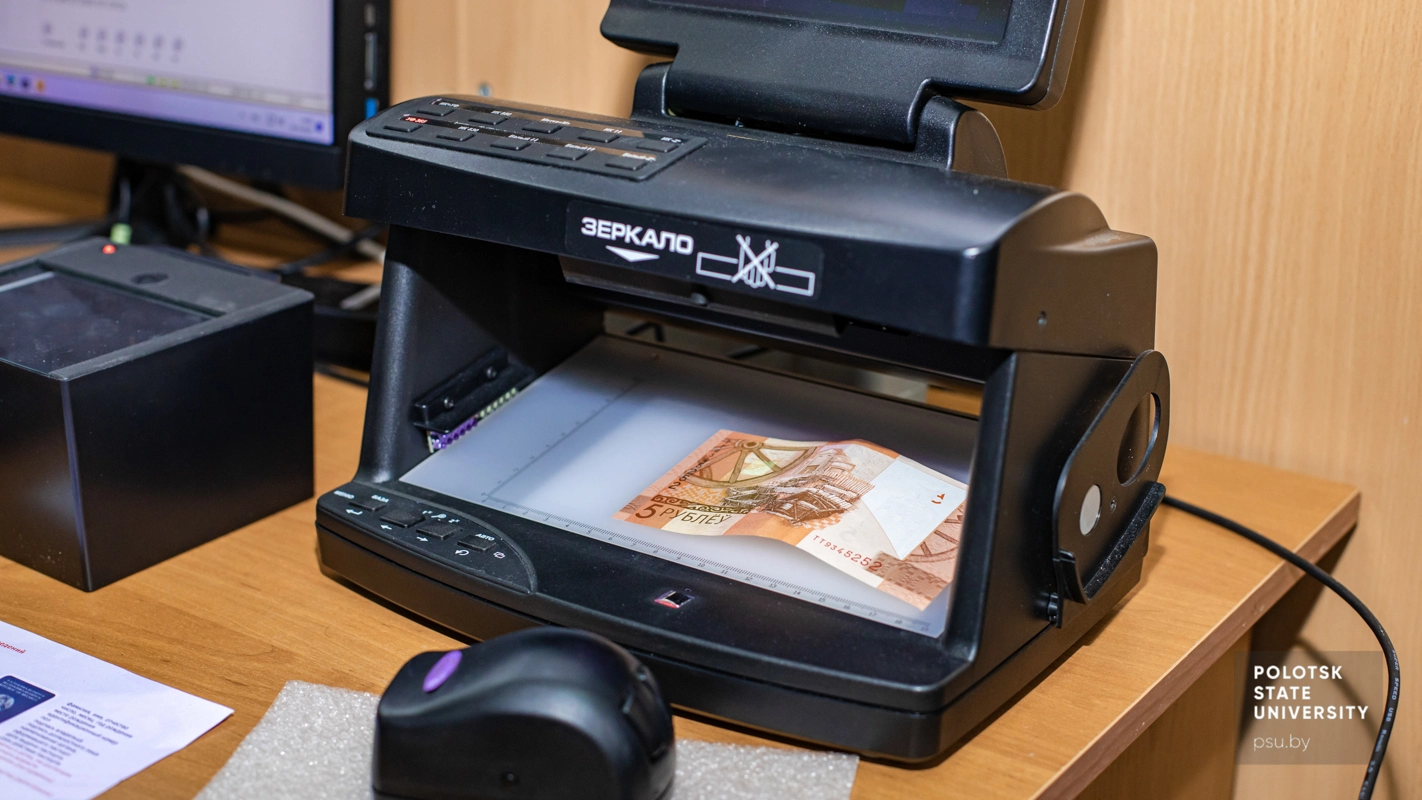
Laboratory equipment
The Head of the Department of Mathematics and Computer Security, on behalf of all those present, thanked the management of ‘TriInkom’, which is directly involved in the educational process when training specialists in the field of cybersecurity. Irina Burachenok expressed special gratitude to the management of ‘Leverex International’ for the sponsorship in providing the necessary laboratory equipment.
The laboratory can be used for carrying out laboratory and practical work in the following areas:
Corporate protection against internal threats of information security:
- Educational and practical stand ‘Video Surveillance Systems’, represented by several video surveillance cameras: dome, varifocal and several rotary with output to the TV screen.
- The stand is designed laboratory and practical work in order to gain knowledge, experience and skills in the field of constructing and administering video surveillance systems based on HDCVI technology. The main characteristic of this stand is the use of the Physical Access Control System, which allows you to fully disclose all the functionality of the presented equipment.
- The training stand ‘Physical Access Control System’ is represented by a tripod turnstile with an identifier and a reading element for pass cards, equipped with a control panel with appropriate software support.
- The stand is designed for laboratory and practical work in order to gain knowledge on the management of blocking controlled devices that restrict the free passage of people (entrance or exit) with the delimitation of the passage one at a time with the possibility of collecting data about the passage and using this data for recording working hours.
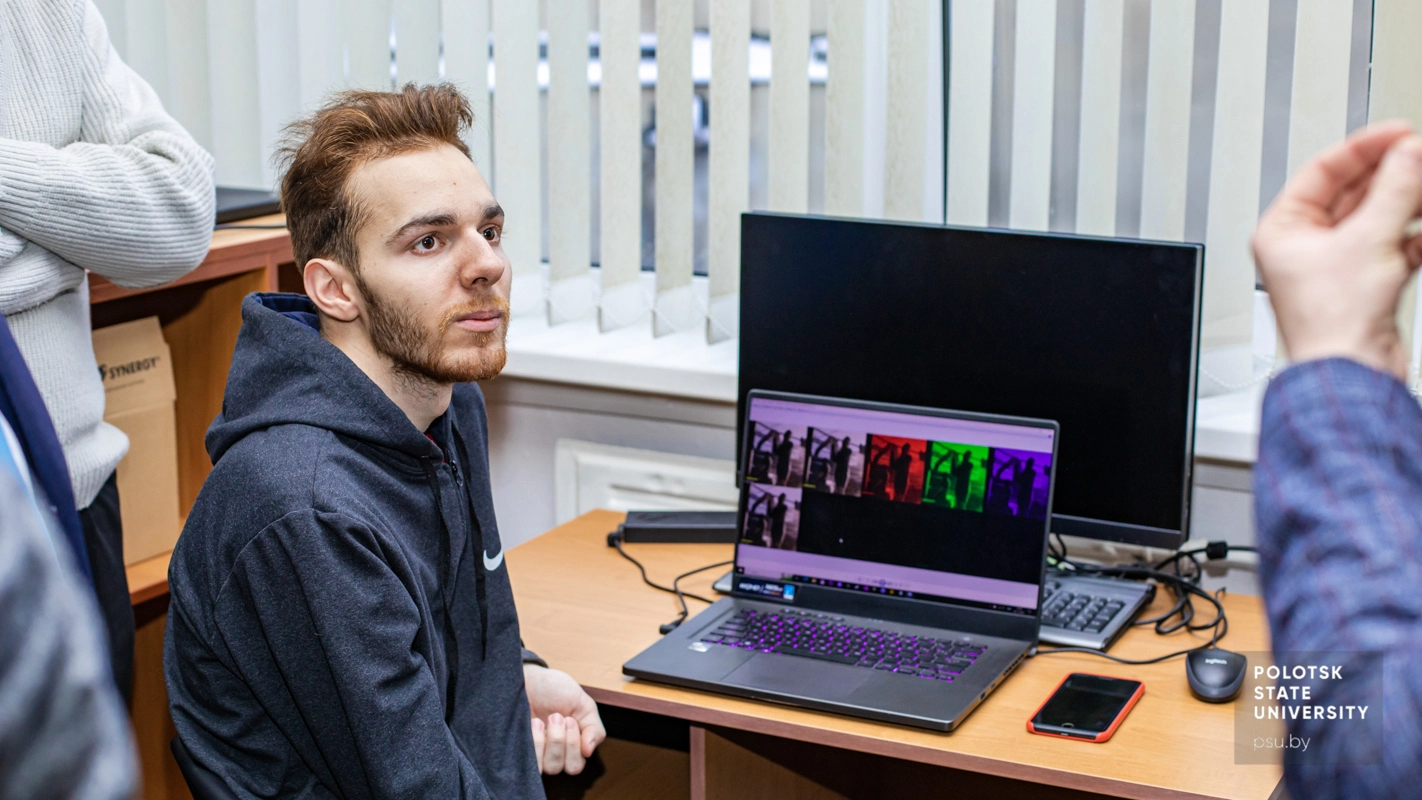
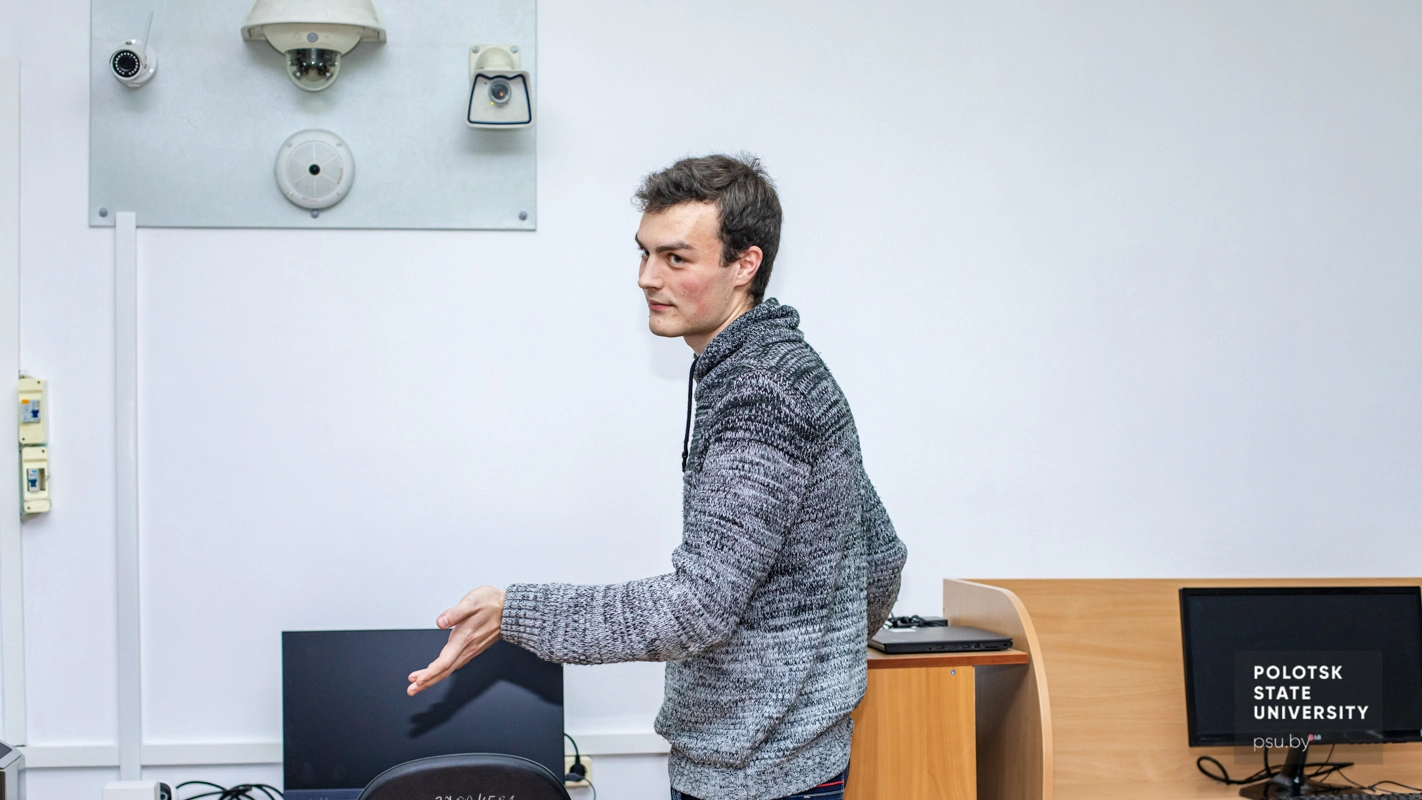
Students of the specialty ‘Computer Security’ present their developments
Analysis of information systems security against external threats:
- Training and laboratory stand ‘Detection of potential stowage devices’ (magnetic field indicators, stowage device detectors 'BugHunter Professional BH-02')
- The stand is intended for laboratory and practical work on identification of embedded devices embedded in premises and on informatisation objects and using a radio channel, as well as voice recorders and hidden video recording devices for transmitting information.
- Student development ‘Fingerprint scanner’ for organizing biometric user authentication.
- The device is designed for laboratory and practical work to ensure access control using biometric data – a person's fingerprint.
Security analysis and expert research of documents, identification cards and banknotes
- Document readers ‘Regula’ 7037
- The data obtained from the devices are the source data for constructing various automated personal data accounting systems.
- Document authenticity monitoring device ‘Regula’ 4115.01
- The device is used for studying steganographic and other graphic image protection systems.
Software protection of information
- Protection of databases hosted on Microsoft SQL Server, My SQL, PostgreSQL, etc.
- Backup and restore databases. Protection against SQL injection attacks. Cryptographic protection, copy creation, and access rights differentiation. Cryptographic methods for protecting databases. Encryption (SSL) of the connection between the browser and the server application.
- Cryptographic protection.
- Implementation of symmetric block cryptographic algorithms. Implementation of asymmetric cryptographic algorithms. Implementation of cryptographic hash functions. Implementation of electronic digital signature algorithms. Determination of the required probability of correct identification for biometric authentication tools. Working with the Security Management Center. Applying a digital signature to databases.
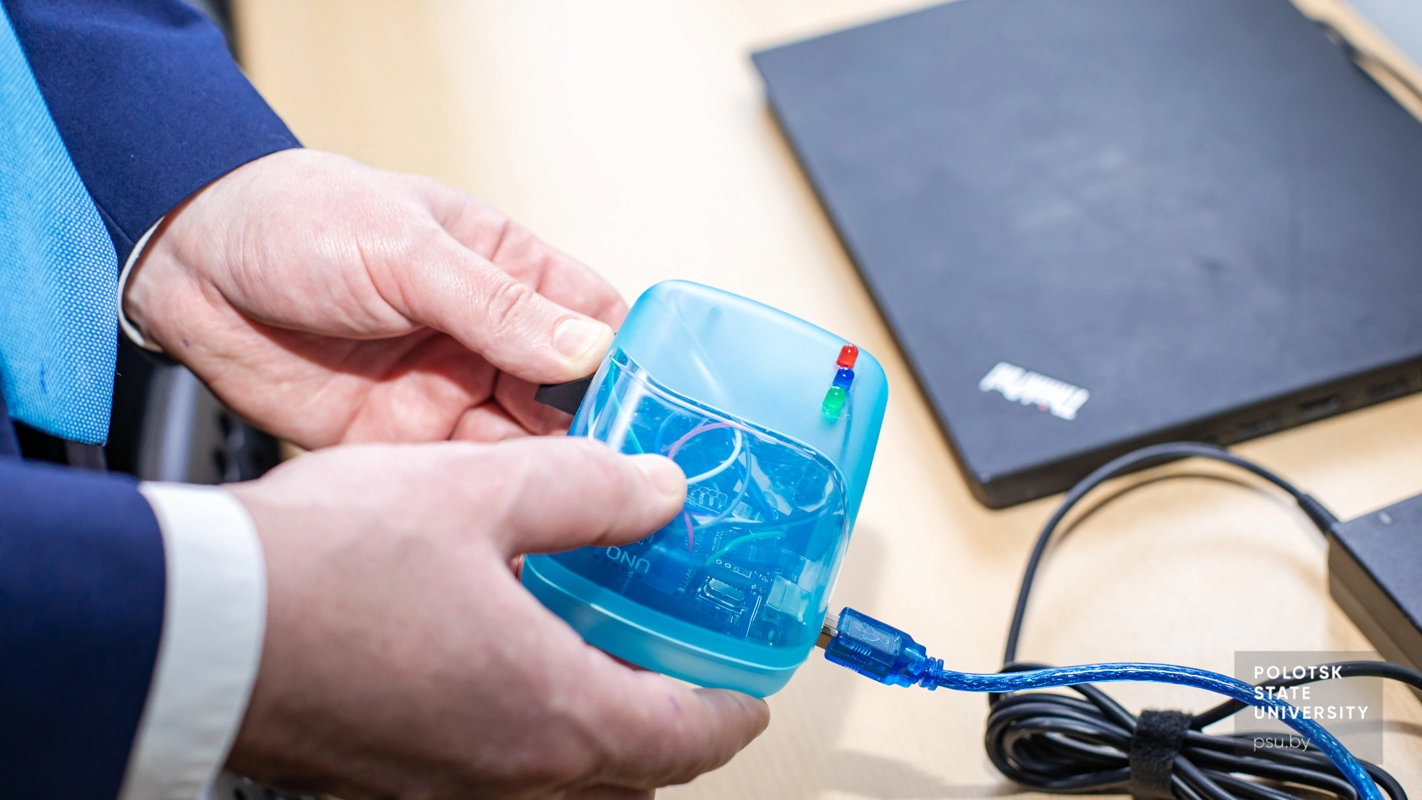
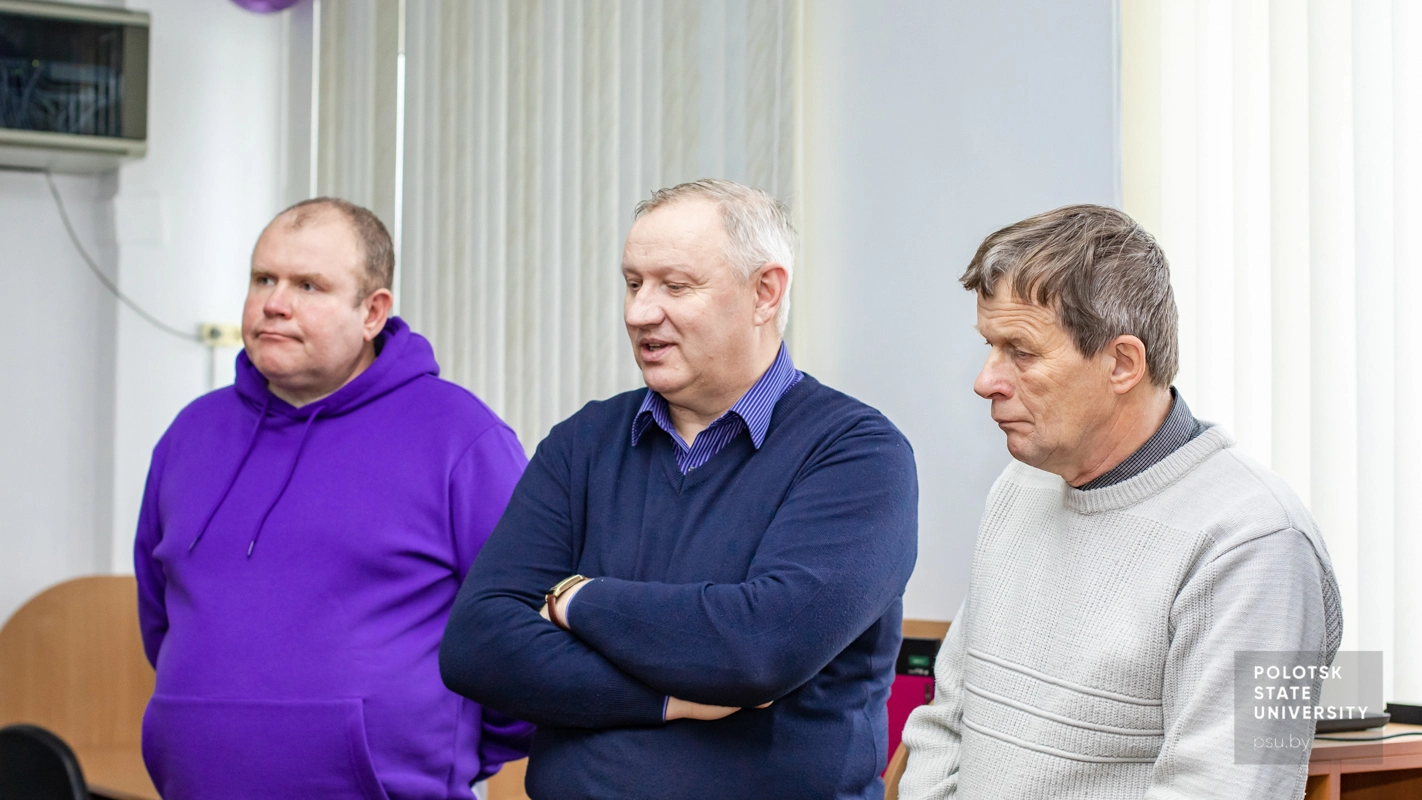
Laboratory equipment (photo 1) D. Dovgyalo, S. Vabishchevich, V. Yanushkevich (photo 2)
Simulators and training programmes
- Kaspersky Lab's software on the Kaspersky Automated Security Awareness Platform is an online learning platform that allows students to learn the rules of information security compliance and the threats that lie in wait for them in their daily activities, as well as practice using practical examples.
In addition to the above, the equipment in the laboratory allows you to:
- gain knowledge, experience and skills in building and administering video surveillance systems
- perform additional tasks, such as recording working hours, maintaining databases and logs, and integrating with a video surveillance system
- gain basic knowledge and practical skills when using methods for building access control and management systems
- carry out reading of documents (passports, driver's licenses, visas and other documents), recognize text information, barcodes, scan white in light sources, determine the presence of a document
- read contact chips and contactless chips of standards: ISO 14443 A and B
- carry out operational control of the authenticity of passports; banknotes; excise and special stamps; securities; identification cards and other documents certifying identity and granting the right to cross the border; visa stamps and seal impressions, including for entry permits; driver's licenses, vehicle certificates, other documents related to motor transport, etc. other documents with anti-forgery tools
- detect active embedded radio transmitting devices
- learn encryption algorithms
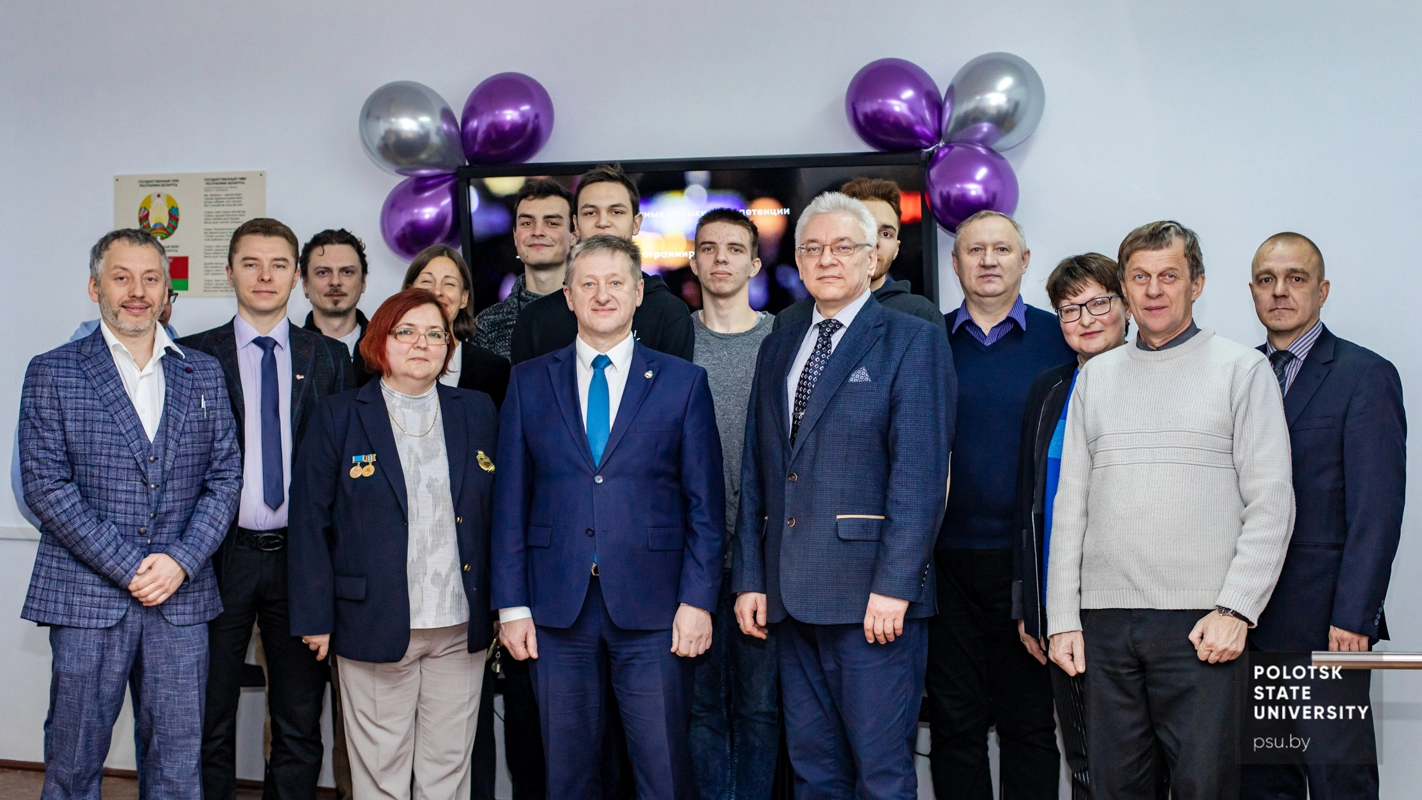
Laboratory opening
The opening of the Cyber and Information Security Laboratory will allow our students to try out various practical projects in completely different areas: from the scientific and technological landscape of cybersecurity and related industries, to applied research and forecasts of the development of cyber threats and methods of protection against them.